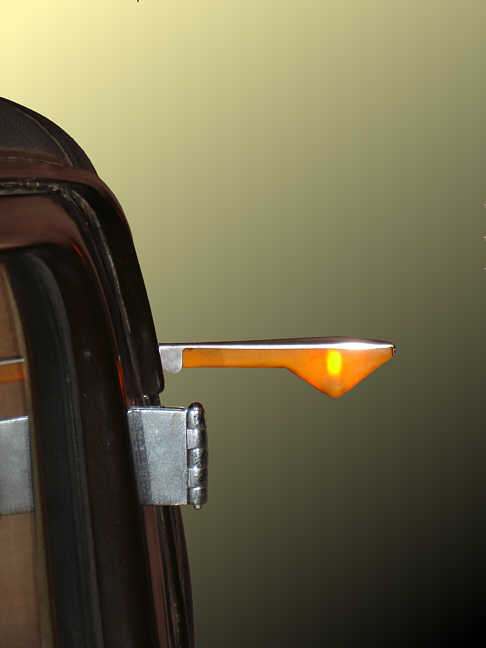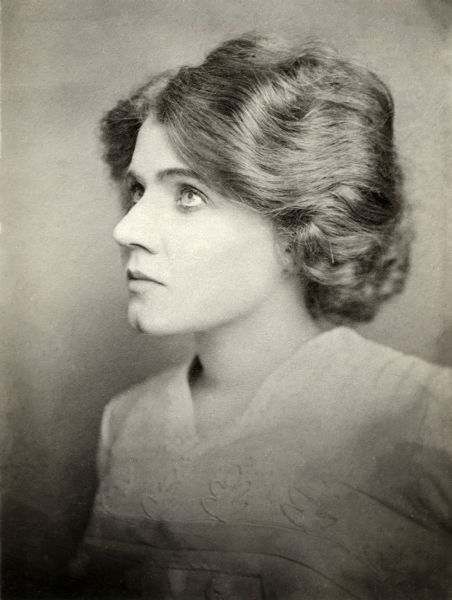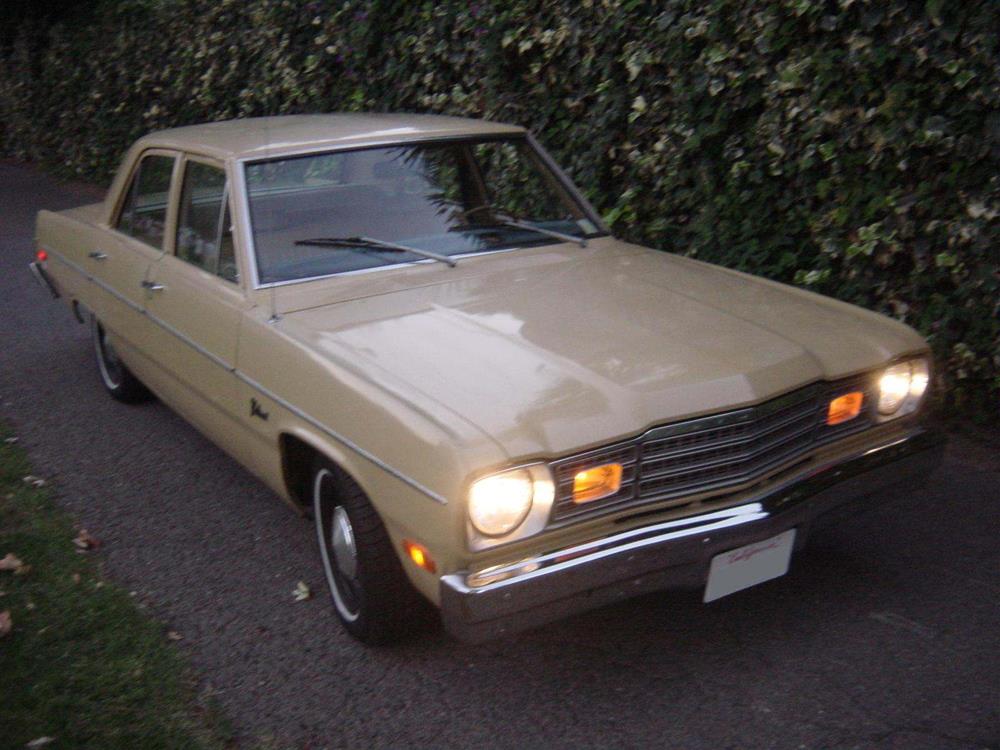The turn signal, or blinkers, is not the first thing we think about when we think of car parts that make us safe on the road, unlike brakes or airbags. But this humble invention has silently shaped our roads’ safety and communication protocols.
Today, it’s a slight flick of a lever – a very simple gesture – that prevents a lot of mishaps on bustling streets. But how did this unassuming feature, now a staple in every vehicle, come into existence?
Let’s explore the origins of the turn signal, tracing its evolution from the hand-crafted device of a silent film star to an essential feature in modern vehicles.
The Early Beginnings and Hand Signals
During the beginning of cars, the concept of a turn signal was as foreign as the automobiles themselves. The early 20th century saw roads shared by horses, carriages, and the first motor cars, creating a chaotic environment where communication was key. Before any mechanical signaling device was invented, drivers resorted to hand signals, a method borrowed from bicycle riders.
Drivers signal using a straight-out arm for a left turn, an upward bent arm for a right turn, and a downward angle of the forearm to indicate slowing down or stopping, especially in the U.S. and Canada.
This method, while primitive, was effective in its simplicity. However, it was limited, especially under poor visibility conditions or during night driving. This necessity for a more reliable and visible means of signaling led to the birth of the first mechanical turn signals.
Early vehicle lighting was quite basic compared to today’s standards. For example, the iconic Ford Model T started with carbide lamps for its headlights and relied on oil lamps for its tail lights. It wasn’t until years later that all-electric lighting became a standard feature. By around 1908, dynamos were introduced for automobile headlights, and by the 1920s, this became a more common sight.
Around 1900, the Trafficators were introduced. These are signaling arms that flipped up. Initially, these were cable-operated, deriving from train semaphore signals, with either mechanical or pneumatic actions. An interesting development occurred in 1908 when Alfredo Barrachini in Rome added a light feature to these arms, making them more visible when extended.
Interestingly, one of the earliest known attempts to create a signaling device was patented in 1907 by Percy Douglas-Hamilton. His device, inspired by hand gestures, aimed to replicate these signals in a mechanical form, making it easier for drivers to communicate their intentions without taking their hands off the steering wheel.
Florence Lawrence’s Mechanical Signaling Arm
The history of the turn signal takes an intriguing turn with Florence Lawrence, a silent film star of the early 1900s. Known more for her roles in front of the camera, Lawrence was also a pioneering inventor, and in 1914, she introduced what can be considered one of the first mechanical turn signals. Interestingly, her mother, Charlotte Bridgwood – also an actress, but in vaudeville – also invented an automotive advancement: the first electrically powered windshield wiper.
Lawrence’s invention was a mechanical signaling arm, a rudimentary yet ingenious device attached to the rear bumper of a car. With the push of a button, it would raise or lower a flag on the bumper, indicating the direction in which the vehicle intended to turn.
Despite its practicality, Lawrence’s invention was met with a bittersweet fate. In an era when the concept of intellectual property was still evolving, she did not patent her creation. This means she was not recognized or earned anything from her invention – a common narrative for many inventors of the time.
Her contribution, however, was far from insignificant. Lawrence’s mechanical signaling arm paved the way for further innovations in automotive signaling. It underscored the need for a standardized method of communication between drivers, a need that became increasingly apparent as the number of vehicles on the roads began to swell. This early invention marked a critical point in the history of turn signals, serving as a stepping stone towards more advanced developments that would soon follow.
The First Modern Turn Signal
The story of the turn signal next highlights a visionary inventor, Edgar A. Walz Jr., who in 1925 patented what can be considered the first modern turn signal. Walz’s design included two flashing arrows and a brake light, signaling a major leap forward from Florence Lawrence’s mechanical arm. His innovation provided a clearer, more universally understandable method for drivers to indicate their intentions.
Despite its potential to revolutionize road safety, Walz Jr.’s invention initially struggled to find its footing in the automotive market. He approached several major car manufacturers, but to his dismay, they showed no interest in his design. Consequently, the patent expired 14 years later without ever being commercialized.
This chapter in the history of the turn signal is a classic tale of an idea ahead of its time. Walz Jr.’s invention laid the groundwork for future developments, highlighting the often challenging path from conception to adoption in the world of automotive innovation. While it did not succeed immediately, his design conceptually mirrored the modern turn signals we use today, proving his significant, albeit unrecognized, contribution to automotive safety.
The Evolution of Turn Signals in the Automotive Industry
The evolution of the turn signal gained momentum with Oscar J. Simler’s entry in 1929. Building upon the groundwork laid by earlier inventors, Simler developed and patented his version of the turn signal, which included two arrows for left and right direction indication and a separate brake light. This design refined previous models and marked a significant step towards the modern turn signal.
It is possible that the first factory installation of illuminated turn signals was on the Talbot 105, 75, and 95, which used them at the front and the rear from 1932 to 1935.
However, the real game-changer in the history of turn signals came a decade later with Buick, one of the major automakers of the time. In 1939, Buick introduced the “Flash-Way Directional Signal” as a vehicle safety feature. This landmark moment signaled the automotive industry’s recognition and acceptance of turn signals as a crucial safety feature.
Buick’s turn signals, initially only available on rear lights, were soon upgraded in 1940 to include signals on the front lights as well. Moreover, these newer models incorporated a self-canceling mechanism, enhancing user convenience and safety.
During this time, the turn signal was transitioning from being a novel invention to a standard safety feature in vehicles. Initially, despite the growing popularity and obvious safety benefits, turn signals were still considered an optional accessory in many vehicles. This perspective changed as traffic density increased and road safety became a paramount concern.
Regulatory Changes and Standardization
The colors used in vehicle lights have been largely standardized through international agreements. Starting with the 1949 Geneva Convention on Road Traffic and further detailed in the 1968 United Nations Vienna Convention on Road Traffic, these standards set the norm for light colors: red for rearward-facing lights, amber for side-facing lights and turn signals, and white or selective yellow for forward-facing lights. These conventions also state that no other colors are allowed except for emergency vehicles.
However, some regional variations exist, especially in countries that aren’t signatories to these conventions. For example, in North America, there are some differences in the specifications for turn signals and side marker lights.
During the late 1960s, turn signals became mandatory under various international vehicle safety standards and regulations. These regulatory changes were a significant step in standardizing vehicle safety features, making roads safer for everyone. It was a clear acknowledgment by authorities worldwide of the critical role that turn signals play in preventing accidents and enhancing driver communication.
In 1973, turn signals were introduced in motorcycles. This inclusion as a standard feature in new motorcycles manufactured after January 1, 1973, underlined the universal importance of turn signals across different vehicle types.
Modern Advancements and Technologies
The turn signal’s journey from the late 20th century to the 21st century is marked by technological advancements enhancing its functionality and user convenience.
LED Turn Signals
One of the most significant developments in this era is adopting Light-Emitting Diode (LED) technology. LED turn signals, introduced in the 1980s, offered advantages over traditional filament bulbs due to their energy efficiency, durability, and brighter illumination.
Three Blink Function
In 2011, Ford introduced another notable innovation, the development of the three-blink function. This feature allows the turn signal to automatically shut off after three blinks, a convenience for drivers making lane changes or minor directional adjustments. It’s a subtle yet impactful enhancement, reducing driver effort while maintaining effective communication with other road users.
Side Turn Signals
Additionally, the integration of turn signals into side mirrors is a modern development. This feature enhances the visibility of the signals, which is particularly useful in situations where the rear signals might be obscured. Some car models have even taken a step further by incorporating side view cameras, which activate when the turn signal is used. These cameras provide drivers with a better view of their surroundings, significantly improving safety during turns and lane changes.
In many countries, cars are required to have side-mounted turn signal repeaters. These repeaters make the turn signals visible from the sides of the vehicle, not just the front and back. However, while these side repeaters are allowed in the United States and Canada, they’re not mandatory.
An interesting alternative in these countries is that the front amber side marker lights can be wired to flash with the turn signals, though this isn’t a requirement. A notable advancement came from Mercedes-Benz in 1998 when they integrated side-turn signal repeaters into their side-view mirrors with the facelifted E-Class (W210). This trend caught on, and now many automakers prefer placing turn signals in the mirror housings instead of on the vehicle’s fenders. There’s some evidence suggesting that mirror-mounted signals might be more effective than those mounted on fenders.
Conclusion
The evolution of turn signals in the modern era is a testament to the automotive industry’s dedication to continuous improvement. From simple mechanical devices to sophisticated electronic systems, turn signals have come a long way, consistently proving their worth as indispensable tools for safe driving. The journey of turn signals reflects the broader narrative of automotive progress – a story of technological innovation, safety enhancement, and an unwavering focus on the future of transportation.





